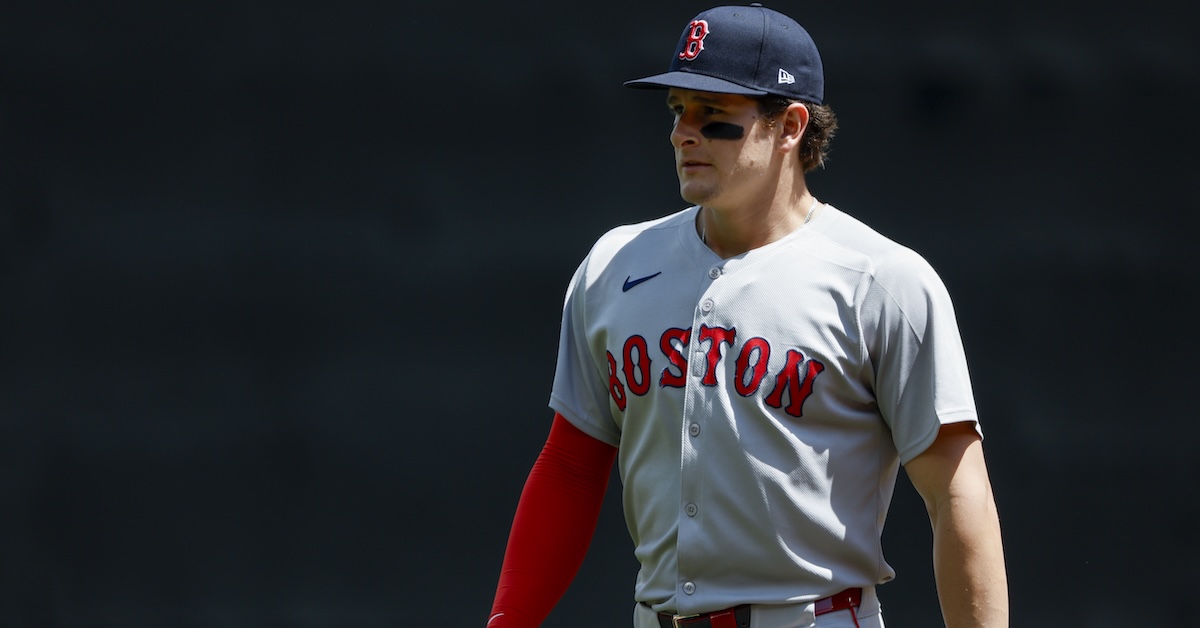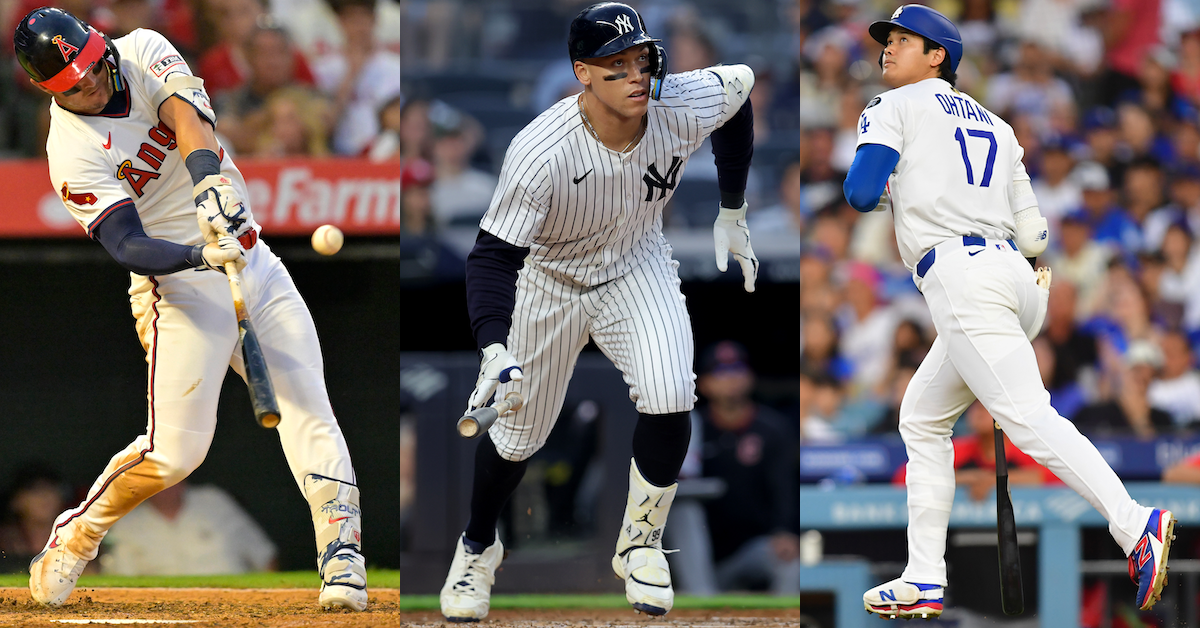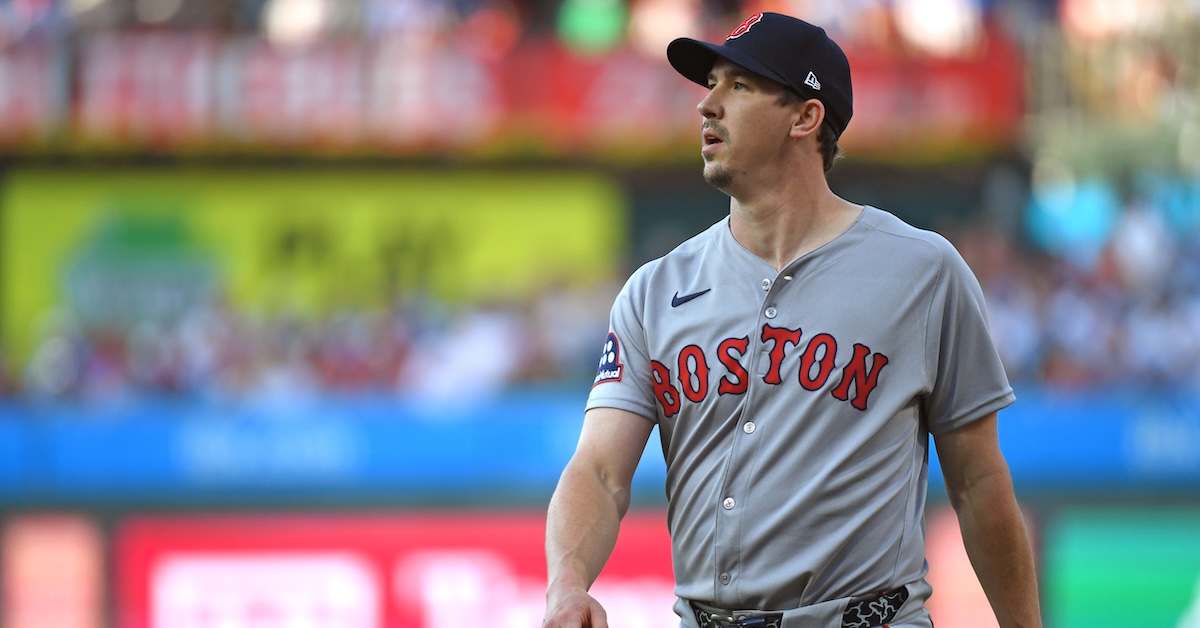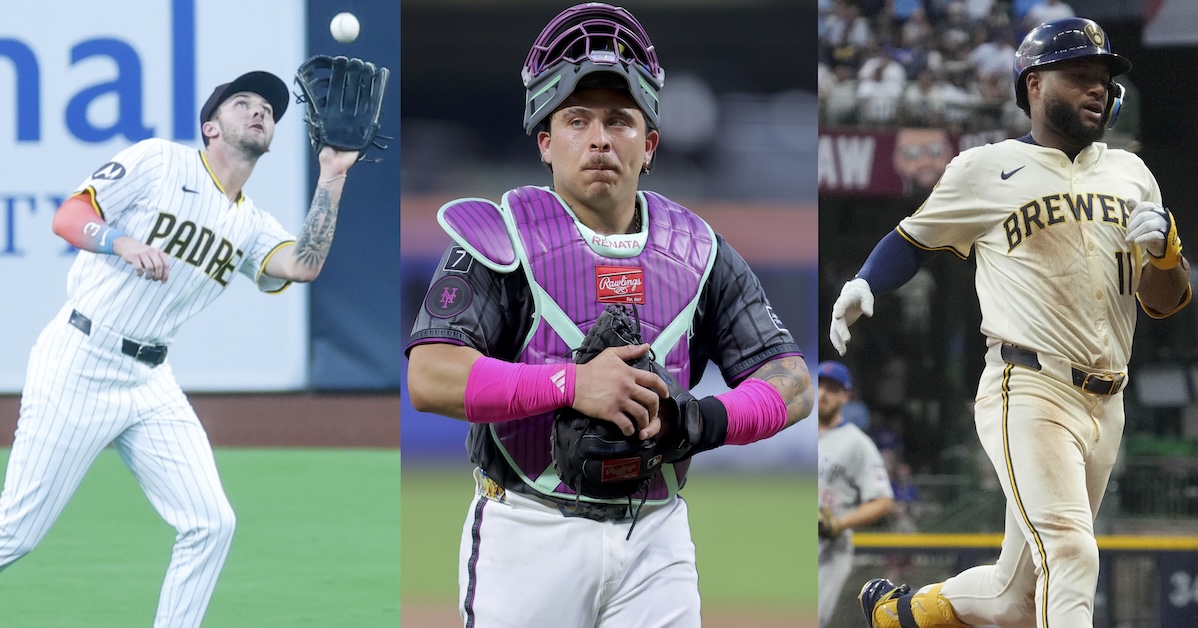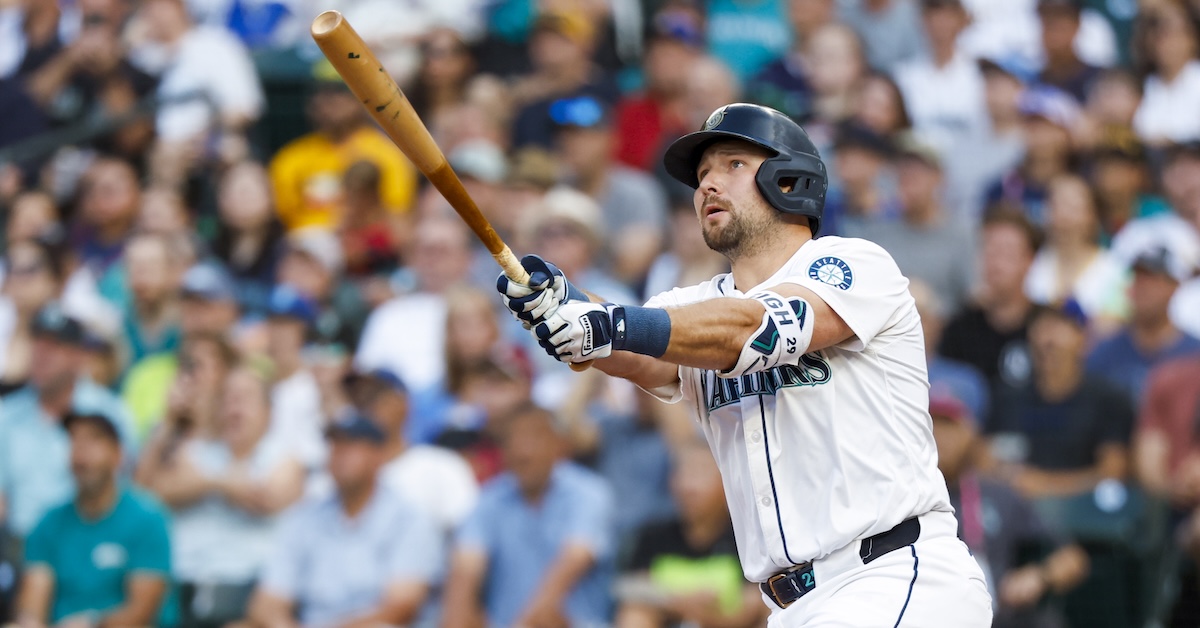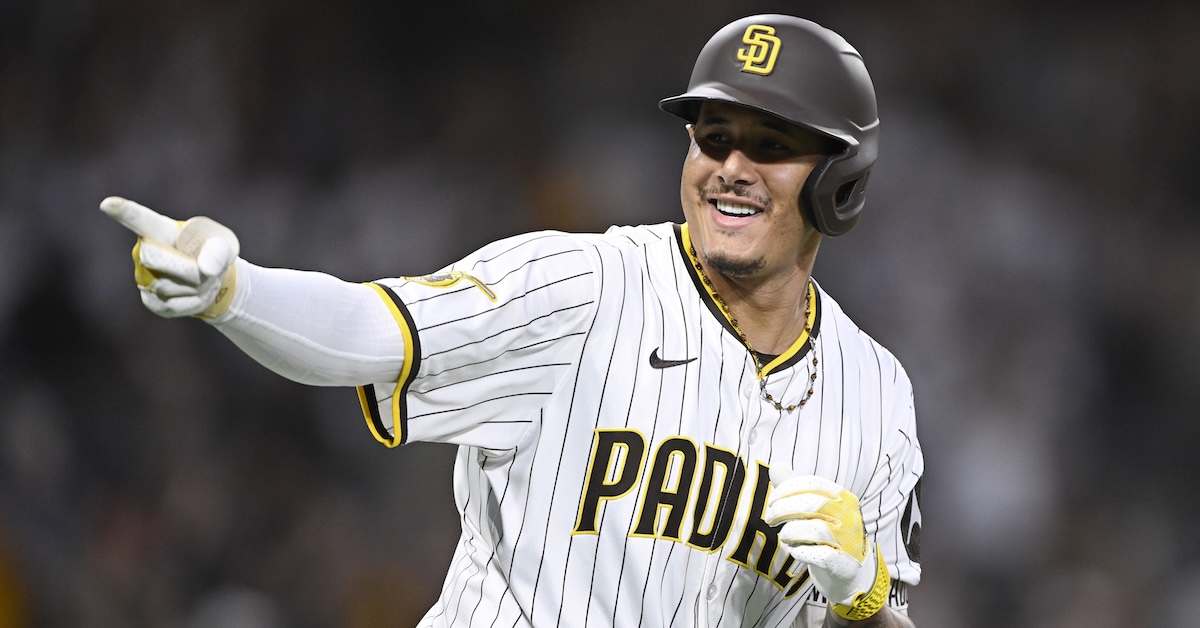Davey Johnson (1943-2025), a Man Ahead of the Curve
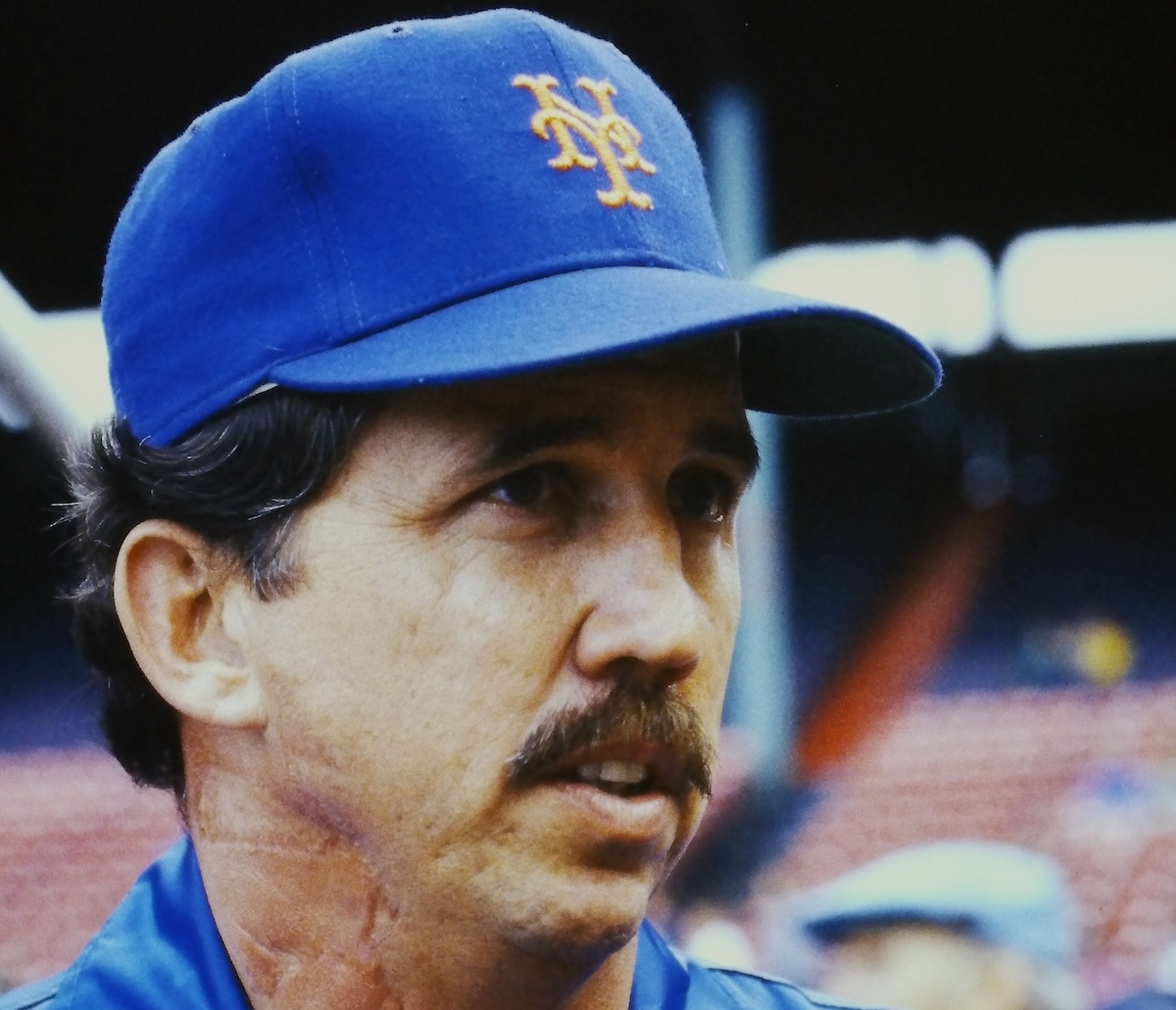
As both a player and a manager, Davey Johnson was a standout and a man ahead of the curve. In a 13-season playing career that spanned from 1965 to ’78, primarily as a second baseman with the Orioles and Braves, he made four All-Star teams, won three Gold Gloves, played in three World Series, and set a home run record. In a 17-season managerial career that stretched from 1984 to 2013, covered five different teams, and included a decade-long hiatus, Johnson won six division titles, one Wild Card berth, a championship, and two Manager of the Year awards. He’s indelibly linked to the Mets, first for making the final out in their 1969 upset of the Orioles and then for piloting their ’86 juggernaut to a World Series win at the peak of a six-season run.
Johnson had a knack for turning around losing teams, and for connecting with his players. Decades before the analytical revolution took hold in baseball, he was a pioneer in the use of personal computers by managers, at a time when the machines were still a novelty. Drawing upon his offseason studies at Trinity University — from which he earned a B.S. in mathematics — and Johns Hopkins, as well as his experience playing for Earl Weaver with the Orioles, he was renowned for using statistical databases to figure out probabilities and optimize his lineup and bullpen matchups.
Johnson, who last worked in baseball as a consultant for the Nationals in 2014, died on Friday in Sarasota, Florida following a long illness. He was 82 years old. Read the rest of this entry »
